“It’s time to blow up HR” was the cover page and then the main topic covered in the latest edition of the Harvard Business Review (July-August 2015).
Not less than 3 articles written by famous academics, an ex-EVP of HR, and senior partners in well-known consulting firms, covered indeed many areas that HR should get better at. But there was nothing really new. All these topics have been on the table for years and HR keeps having a bad reputation in spite of serious improvements.
HBR misses at least one fundamental point, which is the identification and selection of HR employees, from junior to senior.
The HR function has typically hired “HR for HR”, i.e. recruiting employees with HR background and/or education, promoting the best ones to more senior roles. However, these strong functional skills are not enough anymore to address business needs and do not satisfy the requirements to excel as a “Business Partner”, affecting directly the credibility of the entire HR Function.
David Ulrich, considered as “The” HR guru of the 21st century, has introduced many years ago the concept of HR Business Partners (HRBPs). Previously, the HR generalists worked on a wide spectrum of HR matters, from HR strategy to HR operations, implementing HR Programs through the organisation, but mostly in a reactive way. The new concept of HRBP was to create a sole point of contact between the business and HR, in a more proactive and consultative way. Since there was typically a serious gap in the skillset required between these 2 jobs, books, conferences, and training have abounded to fill in the gap.
But this does not address the core issue: too many HRBPs will never make it to the required level, which impact the credibility of the function. It is true that the transition is not an easy one for HR departments. If 50% of HR generalists do not really qualify as HRBPs in any said company and may have to be let go, companies will prefer to keep them, and will try to make the best out of their current team. In order to try closing the gap, newly appointed HRBPs will be sent to conferences and training but if they do not have the right personality, they will really struggle to become excellent at their new job.
Companies should then identify, attract, and select different profiles into the most critical HR jobs.
The first approach is to review the selection criteria for HR candidates working very closely with the business. Instead of looking for HR functional skills first, companies should identify candidates with the right personality first.
HR professionals too often lack the personality traits needed to succeed dealing with the business, which generates a lack of trust and respect of the function. The behavior needed from HRBP should be a mix of intellectual curiosity, forward looking capability, and an ability to challenge the statu quo and at times management decisions. Many HR professionals do not feel comfortable with this behavior, either due to their own personalities, due to the HR function of the past having to implement more than to consult, or due to their own culture and education, making it difficult to get out of their comfort zone.
Since the personality traits needed to succeed exist in all countries worldwide, it becomes “only” a matter of setting the selection criteria right and taking the time to find the right people to elevate progressively the HR function.
The second approach is to attract business talents into HR and rotate them back to the business with hopefully larger responsibilities later.
Wow, I already see many business readers thinking “Are you nuts? Who would like to work in HR?” Well, some companies do this and have been successful for dozen of years doing so.
Let’s look at Schlumberger, the largest oilfield services company in the world. When I worked there in the mid 90’s, 50% of the senior HR executives worldwide came from the business, 50% came from HR. This concept was true year after year. Business managers who were part of the top talent pool were assigned for 2 to 3 years as regional HR Head to understand the people side of operations, before going back to the business with larger management responsibilities. For the one of you familiar with the 9-box concept/grid, they were placed at the top right of the box, i.e. best performers with best potential. This approach was deeply embedded in the company culture and supported by the Group CEO and his leadership team. Even if the HR function was far from being perfect, its image and credibility was much stronger than in most companies. Top talents knew about this and would not dare challenging their transfer to HR. The other benefit of having these same talented business individuals working in HR was the education they were giving to their HR teams about business matters. The HR function kept on improving itself.
Many companies have successful cases of business managers transferred into HR, either staying there, or going back to the business later. But they are typically too shy to repeat these experiences on a large scale. It is may be time to review these initiatives, learn from their pros and cons, and increase the number of business transfers into HR.
So if companies start selecting the right individuals for the most critical HR jobs, and are able to attract business talents into the HR organisation, the entire HR organisation, the business, and the employees will benefit from it largely.
And no one will have to blow up HR.

